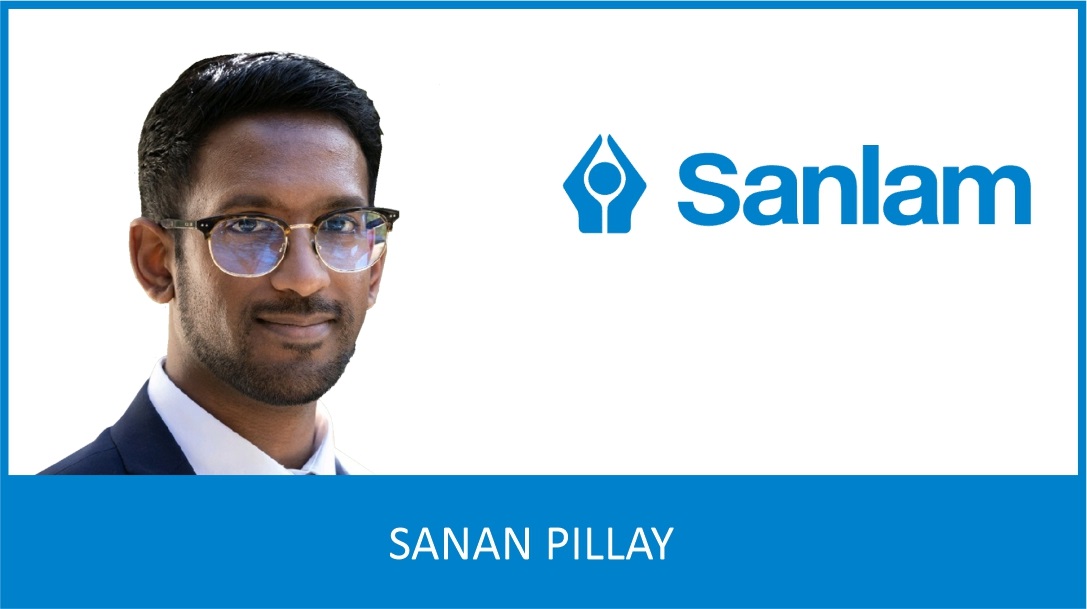Sanan Pillay, Portfolio Manager and Head of Private Markets at Sanlam Investments Multi-Manager
The scale of South Africa’s infrastructure needs is staggering. To put it into perspective, around R440 billion is required over the next decade to expand our transmission infrastructure – essential if we want to connect new renewable energy projects to the grid. Our rail network, which is critical for trade and economic efficiency, needs an estimated R100 billion to get back to the level where it can operate optimally and attract private operators. And in the water sector, achieving our Sustainable Development Goals and National Development Plan targets would require R256 billion annually until 2050. These are not abstract numbers; they represent both an urgent challenge and a generational opportunity for investors.
Signs of success
In the energy sector, we’ve already seen encouraging progress. South Africa’s Independent Power Producer (IPP) Programme has attracted private sector participation and delivered tangible results in renewable generation. The next focus area is transmission, where Eskom simply does not have the financial capacity to deliver the R440 billion buildout alone. Private sector participation will be critical in crowding in the resources needed for this investment.
In logistics, we are starting to see private operators engaging with government to take on specific freight corridors through concessions – a model similar to Gautrain, but scaled nationally. Encouragingly, we’re seeing early signs of success: in June, South Africa’s ports handled 13% more cargo than target volumes, driven in part by public-private collaboration.
In the water sector, a Water Partnerships Office has been set up within the Development Bank of South Africa to help package public-private partnership opportunities for investors and to get critical water infrastructure projects going. This matters because South Africa ranks as one of the world’s 30 driest countries, with an average rainfall of about 40% less than the annual global average. Investment opportunities in this space could include cracking down on municipal leaks, improving wastewater treatment so it can be brought back into the system, and expanding water recycling efforts. While this area of public-private collaboration is still at an earlier stage than energy, the frameworks and regulations to bring private sector participation into water are starting to take shape, opening the way for investors to play a meaningful role in securing South Africa’s water future.
What gives us confidence is that there is political will to get things done. Historically, expert opinions and recommendations were often ignored, but recent recommendations by committees set up for energy and logistics reforms are being implemented and are starting to show results. In a country where politics has often been a hindrance, we’re seeing alignment between government and private sector to prioritise energy, logistics, and water as urgent national imperatives.
Investing in the future we need
For investors, the case for infrastructure is compelling. These are critical services – energy, water, rail – that people use daily. Once built, infrastructure tends to generate stable, recurring revenue, often linked to inflation, which provides a degree of inflation protection for portfolios.
However, it’s important to recognise the nature of these investments. Infrastructure is not something where you will get your money back in two or three years. Some of these concessions run for 25 years. Investors need to have a long-term mindset, understanding that capital may be tied up for a significant period and that in the development phase there might be little or no return. Once operational, however, these assets tend to be cash-generative, offering predictable income streams and a payoff profile that can resemble fixed income instruments.
South Africa is uniquely positioned among emerging markets to seize this opportunity. Unlike many peers, we have a large and sophisticated pool of investor capital in our pension fund industry, and local fund managers with the expertise to bridge the gap between private capital and infrastructure projects. Regulatory reforms, such as changes to Regulation 28, are creating space for even more investment in this space.
There’s also a broader consideration: as an investor living in South Africa, you are deeply connected to the country’s trajectory. Investing in infrastructure is about enlightened self-interest. Better infrastructure catalyses the economy, strengthens local businesses, and improves the performance of equities and bonds across portfolios. In a country where population growth and urbanisation are accelerating, this is not an opportunity that will fade. It will only grow.
For investors seeking inflation-linked, long-term assets that deliver both financial and social returns, infrastructure is not just an option. It is where South Africa’s future will be built – and where portfolios can grow alongside it. Ultimately, it’s about investing in the future we need.
ENDS

























































































